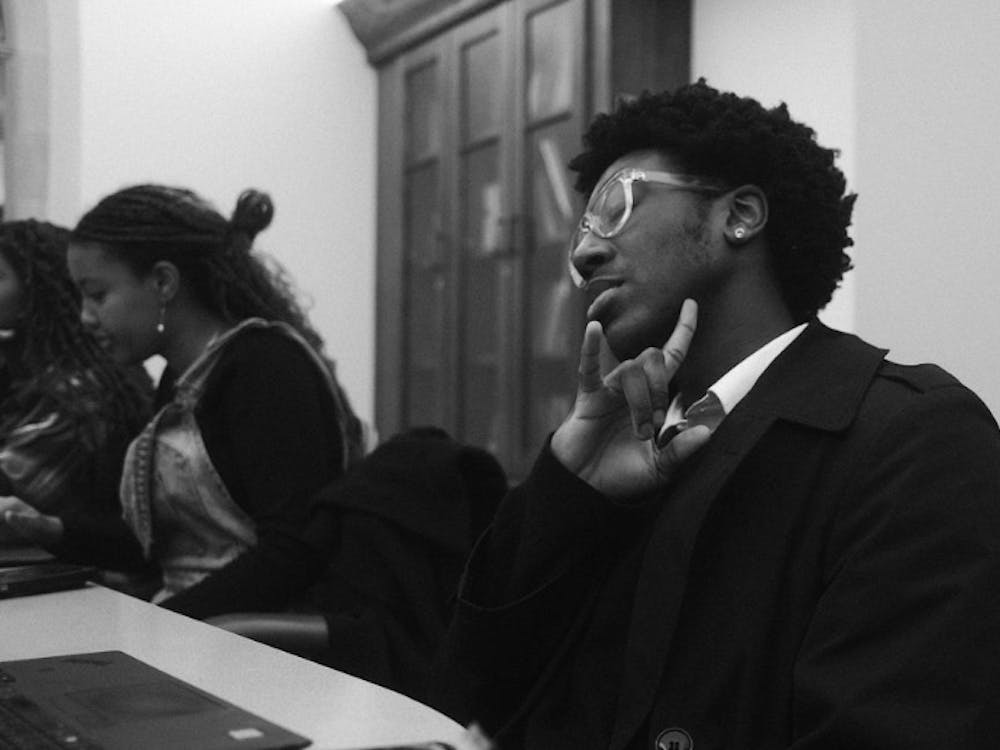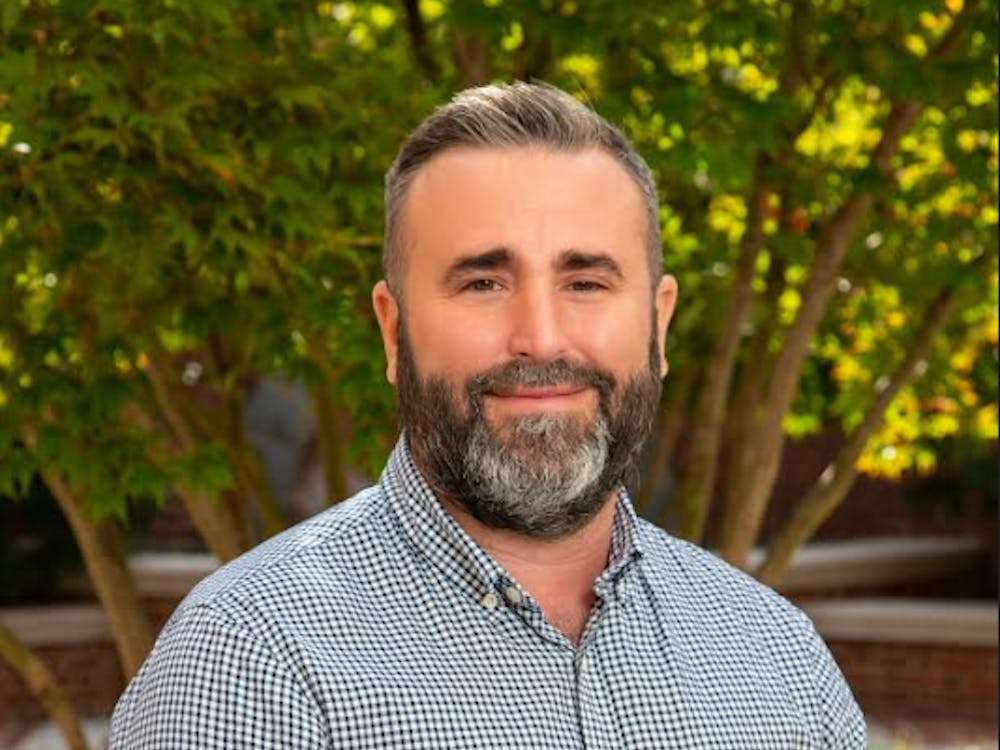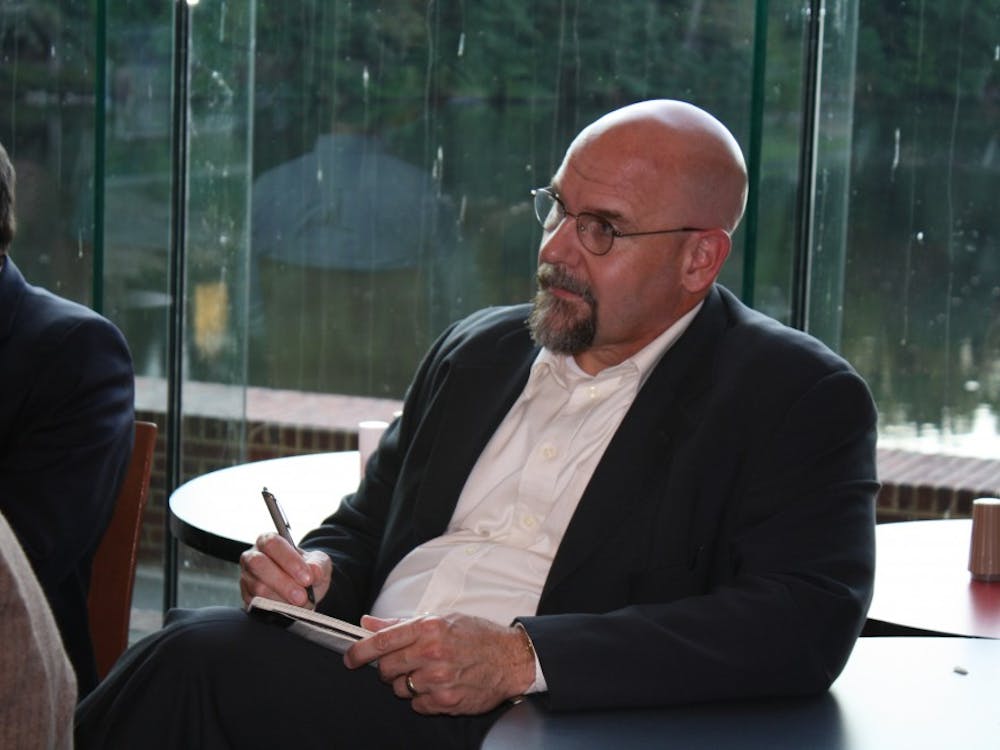A University of Richmond alumnus worked with Scotland Yard to learn more about the people who steal artwork by observing thieves, interviewing those in prison for art theft and spending time understanding their craft.
John Barelli, who graduated from Richmond in 1971, talked about his investigatory work during his lecture, "The Myths of Arts Thefts/Art Theft Investigation," on March 6. The Osher Lifelong Learning Institute sponsored the event.
Barelli, who graduated with a bachelor's degree in sociology, is now head of security for the New York Metropolitan Museum of Art, where he's been working for 30 years, he said.
"My career started with the Richmond Police Department," Barelli said. After working as a police officer for two years, he moved back to his hometown of New York City, he said.
He first served as the security director at the New York Botanical Gardens before becoming the security manager at the MET.
"I've always had an appreciation for art," Barelli said.
In the early 1980s, the MET supported Barelli as he deepened his knowledge of art theft, he said. Barelli applied for grants and stipends, and was able to travel to England and work with Scotland Yard, he said.
"We arrested people in markets," Barelli said about his time in England. "That's where a lot of the theft happened."
In markets such as the one on Portobello Road, he said, people would sell items that they had stolen.
Barelli received the names of people working in the field of art theft from Scotland Yard, and was able to spend a lot of time investigating their trade and interviewing them, he said.
The people in the field were very open about their work, Barelli said, but most of them had been in bad shape. Many of the people Barelli encountered were drug dealers, and all of them had been to prison, he said.
Through his encounters, Barelli said he had witnessed many different levels of art theft. Many people would steal because it was a casual opportunity, he said. For example, a young boy may take something valuable off a wall and sell it to make some money because it was an easy opportunity, Barelli said.
Enjoy what you're reading?
Signup for our newsletter
Barelli said he had yet to see a case where something valuable was stolen just to be admired and appreciated in the home of the person who had stolen it, although you will often see it happen in movies. Instead, people are trying to sell what they steal, he said.
Barelli also went to France and Italy.
"Italy has always had a problem with art theft," Barelli said, adding that there was a lot of art in the streets.
France and London do not have huge problems with art theft, he said. Items are rarely stolen from big museums, he said, but rather from country homes, estates or art galleries.
"Cultural archeological sites are the toughest areas to regulate," Barelli said.
By spending time in these places, Barelli was able to write his doctorate dissertation on art theft in 1986 at Fordham University, he said.
Today, Barelli's career allows him to work with the FBI and other local law enforcements.
Barelli said he hoped to enlighten students, Osher members and the community about the reality of art theft and dispel the myths depicted in films such as "The Thomas Crown Affair," through the lecture, he said. "It is exciting," Barelli said. "Really exciting."
Contact reporter Ryan Clark at ryan.clark@richmond.edu
Support independent student media
You can make a tax-deductible donation by clicking the button below, which takes you to our secure PayPal account. The page is set up to receive contributions in whatever amount you designate. We look forward to using the money we raise to further our mission of providing honest and accurate information to students, faculty, staff, alumni and others in the general public.
Donate Now


